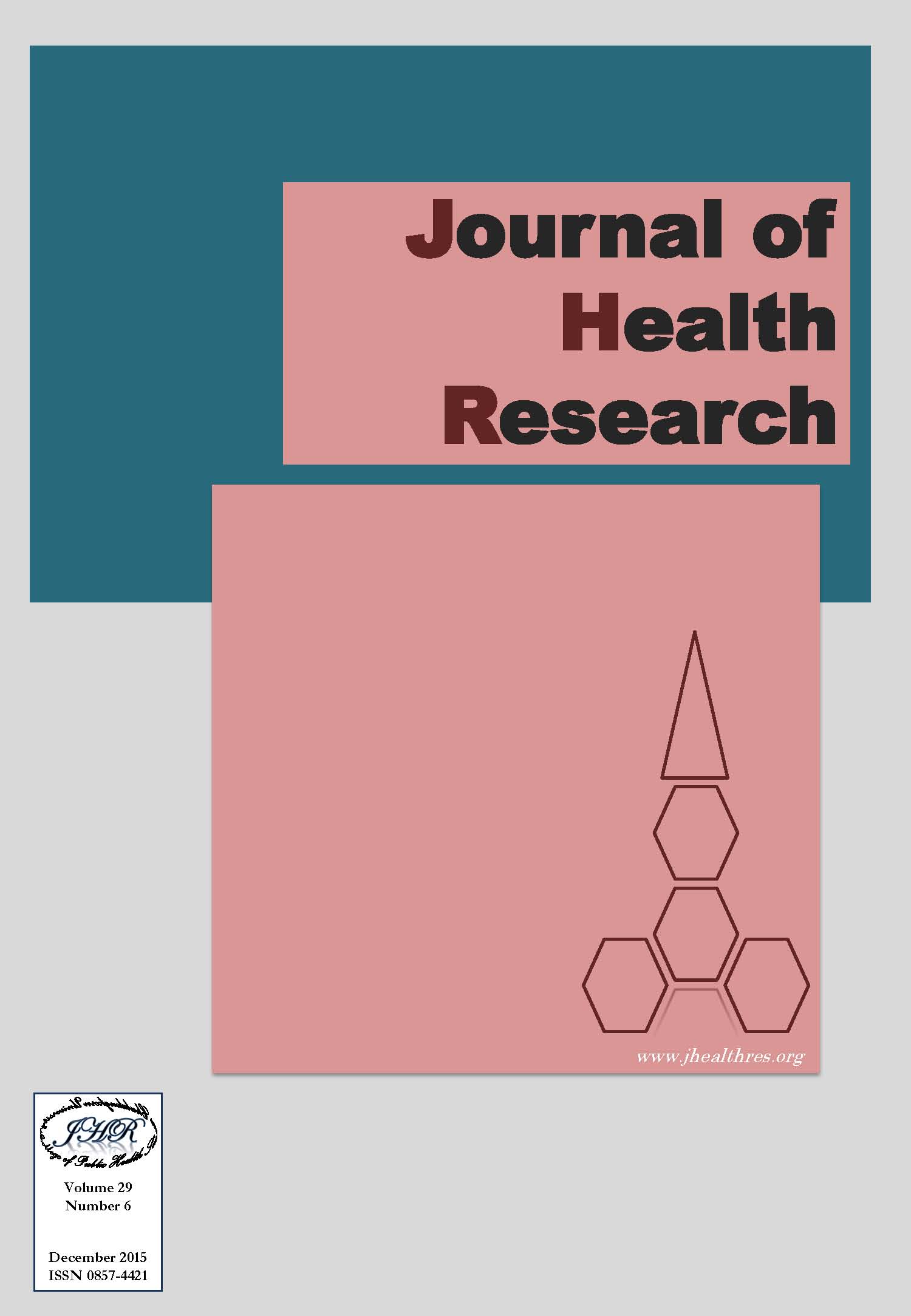Factors Affecting the Fertility Differential in Different States and Regions in Myanmar
Keywords:
Fertility differential, Children ever-born, MyanmarAbstract
Background: Fertility is an important component of population dynamics and plays a large role in changes in size and structure of population of a given area.
Methods: This study aimed to describe the fertility differential and to determine the factors influencing it among different states and regions in Myanmar. Myanmar is divided into 7 states and 7 regions. The 7 states mainly represent the 7 main ethnic groups, (i.e., Kachin, Kayah, Kayin, Chin, Mon, Rakhine and Shan) and 7 regions represent for Bamar ethnic group. Among these 7 States and 7 Regions, all 7 States and Mandalay Region were selected for the study. The 7 States represent the 7 ethnic groups and Mandalay Region represents for Bamar ethnic group, as over 95% of Bamar people lived in this region. The selected states and regions represent for 8 major ethnic groups in Myanmar. Secondary data from fertility and reproductive health survey 2007, out of 8352 ever married women in whole country, 3086 from the study areas were analyzed with bivariate and multiple regression, using SPSS software.
Results: Age at first marriage and women’s education were the main predictors of the fertility differential among the 8 study areas. These factors were significantly associated with number of children ever born in all study areas (P <0.01). Regarding the relationship between age at first marriage and child ever born, it meant that marrying one year later could help decrease the number of 0.12 children in Kachin state, 0.17 in Kayah state, 0.15 in Kayin state, 0.22 in Chin state, 0.15 in Mandalay Region, 0.17 in Mon state, 0.19 in Rakhine state, and 0.10 children in Shan state. As for the relationship between women’s education and child ever born, it also implied that one additional year in school, decreased the number of children ever born by 0.26 child in Kachin, 0.20 child in Kayah, 0.16 child in Kayin state, 0.35 child in Chin state, 0.06 child in Mandalay Region, 0.16 child in Mon state, 0.14 child in Rakhine state and 0.15 child in Shan state. The information of factors affecting the fertility differential gives some idea of the future proportion of each group in the total population and can help to project more accurately the future population size of the entire country. The results of this study revealed that the differential of fertility among the studied ethnic groups was minimal.
Conclusions: The data set analyzed did not include complete information on culturally-related factors such as beliefs and birth control practices. It would be highly desirable to include such information in future research on fertility and ethnicity in Myanmar. Future research should also include qualitative approaches as appropriate.






